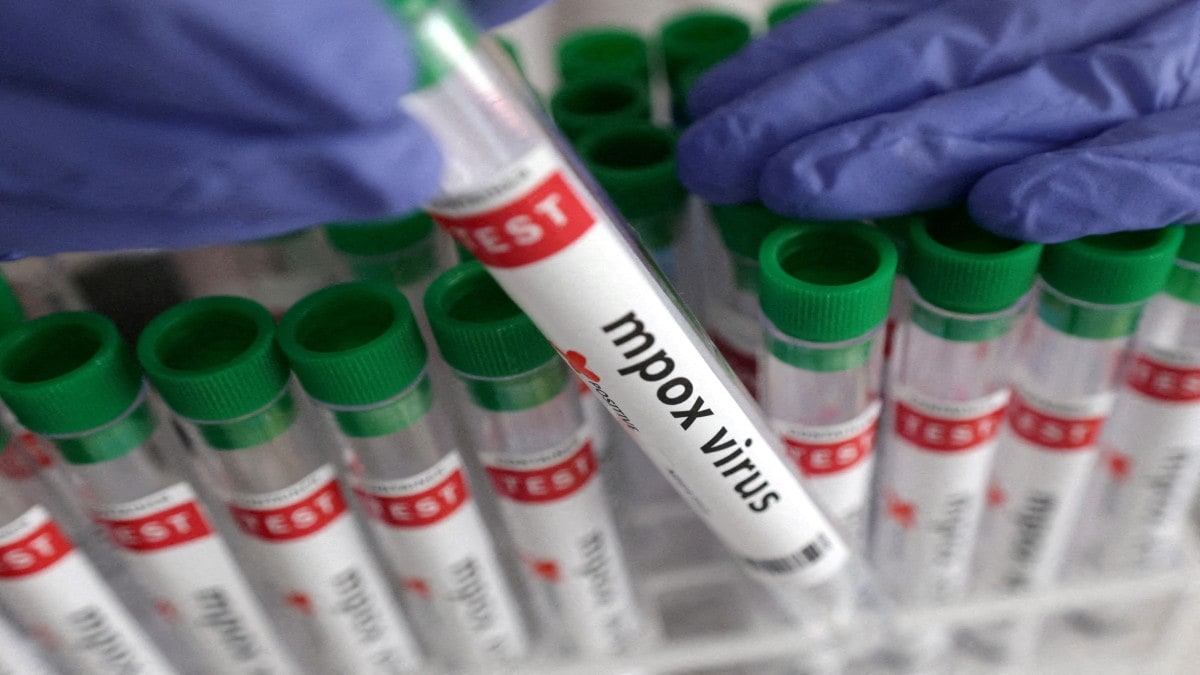
India reported a suspected case of mpox found in a man who recently travelled from a country suffering an outbreak of the virus, the health ministry said on Sunday. The patient has been isolated in a hospital and is in a stable condition, the ministry said without specifying which strain of the mpox virus the patient might have, but tests were being conducted to confirm the infection. “The case is being managed in line with established protocols, and contact tracing is ongoing to identify potential sources and assess the impact within the country,” the ministry said.
Mpox, formerly known as monkeypox, has been a public health issue in parts of Africa for many years but resurfaced as a global concern in 2022. Since January 1, 2022, Mpox cases have been reported to the WHO from 121 member states across all six WHO regions. The WHO Mpox report dated September 3, 2024, provides global data up to July 31, 2024.

A total of 102,997 laboratory-confirmed cases and 186 probable cases, including 223 deaths, have been reported to the WHO. Recent Clade Ib cases have also been detected in Burundi, Kenya, Rwanda, Sweden, Thailand, and Uganda. The African region has been the most affected, with 3,061 cases and 23 deaths reported.
This is followed by the Region of the Americas (2,236 cases, 0 deaths) and the European region (837 cases, 2 deaths).In July 2024, 1,425 cases and six deaths were reported globally. More than half of these cases were from the African region (55%), followed by the American region (24%) and the European region (11%).
The South-East Asia Region (SEAR) reported 1% of the total cases. Mpox transmission occurs through prolonged and close contact with an infected patient, mainly via the sexual route, direct contact with the body or lesion fluid of the patient, or contaminated clothing or linen of the infected person. With inputs from agencies.
.










